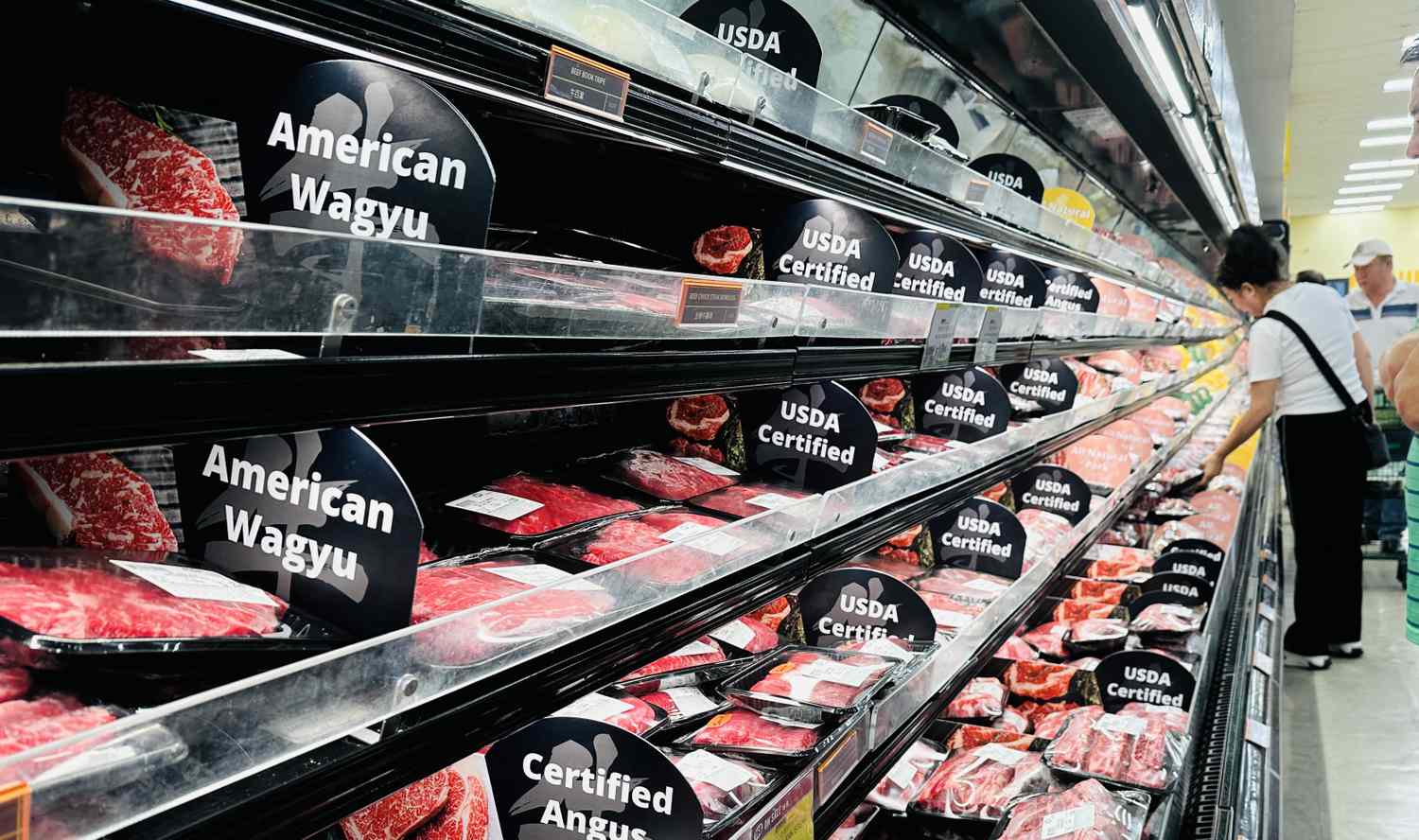Key Takeaways
The Bureau of Labor Statistics is putting out a key inflation report Oct. 24 despite a government shutdown that is delaying most government data.The Consumer Price Index report for September was originally scheduled to go out Oct. 15.
The data will help the Social Security Administration determine its annual cost-of-living adjustment and officials at the Federal Reserve set interest rates.
The Bureau of Labor Statistics will release a key report on inflation for September despite an ongoing government shutdown that is delaying most of the statistics produced in Washington.
The Bureau of Labor Statistics is planning to bring back some of its furloughed employees long enough to publish a report on the Consumer Price Index for September, the agency said in a statement Friday. The report, originally scheduled for Oct. 15, is now slated for Oct. 24.
The CPI report would be one of the very few pieces of economic data published by the government’s statistical agencies. Most government data producers have been closed since Oct. 1 because of a standoff between Democratic and Republican lawmakers that has stopped many federal government services.
Why This Matters
Investors, businesses, and consumers are essentially flying blind without access to federal government data, making it difficult for them to plan for spending, hiring, or saving.
What The Data Will Say
Some forecasters expect the report to show prices continuing to rise, but at a slower pace than in August.
Economists at Goldman Sachs forecast that “core” prices, which exclude volatile prices for food and energy, rose 0.26% in September, down from 0.35% in August, according to a preliminary estimate. Goldman’s forecast incorporates privately sourced data showing an increase in prices for new and used cars, a slowdown of rent inflation, and a decrease in airfares.
The data could help inform the Federal Reserve’s interest rate decision, as the Fed’s policy committee will have seen the report by the time it meets on Oct. 28 and 29. Fed officials are grappling with whether and how fast to lower the Fed’s central interest rate.
The Fed cut its key interest rate in September, lowering borrowing costs on many short-term loans to boost the deteriorating job market, and is expected to do so again in October. However, high inflation could slow down or discourage further cuts.
Fed Governor Christopher Waller, a member of the central bank’s policy committee, said the inflation report would help “a lot” in setting policy in October and urged the bureau to release jobs data it has already collected and did not publish due to the shutdown. The bureau’s highly anticipated jobs report was due Oct. 3.
“Come on, give it to us, you don’t have to hold it back,” he said in an interview on CNBC on Friday.
Fed officials have expressed concern that tariffs are pushing up inflation at the same time as they are dragging down job creation, leaving the central bank with few good options as it pursues its dual mandate of keeping inflation low and employment high.

